Photo: © Global Look Press/imageBROKER.com/Helmut Meyer zur Capellen

Photo: © Global Look Press/imageBROKER.com/Helmut Meyer zur Capellen
What do Johannes Gutenberg’s first printing press, Alexander Fleming’s antibiotics, and Thomas Edison’s incandescent light bulb have in common? It would be more correct to call these discoveries improvements. The ideas behind them were known long before they were presented to the general public.
There are hundreds of examples in the history of science where the real discoverer remained unknown. Who actually first discovered and put into practice the healing properties of mold? Why didn’t English biophysicist Rosalind Franklin receive the well-deserved Nobel Prize for her discovery of the structure of DNA? And from whom did Edison borrow the idea for one of the greatest inventions of the 19th century – the incandescent light bulb? Talks about this program “Unknown History” with Boris Ryzhov on REN TV.
Soviet scientists who drew attention to the healing properties of mold
A jar with 90-year-old mold was sold at an auction in London. The buyer paid 15 thousand dollars for the original lot. The fact is that this mold sample was grown in the laboratory of the English microbiologist, Nobel laureate Alexander Fleming. He received the Nobel Prize for developing the first antibiotic in history. Penicillin has helped doctors defeat many deadly infections, including syphilis and tuberculosis.
“According to some scientists, 200 million people were saved, 200 million lives, indeed, during the Second World War,” – says Candidate of Historical Sciences, Associate Professor of the Department of History of the Russian State Agrarian University-Moscow Agricultural Academy named after. K.A. Timiryazev Leonid Blonsky.

Fleming was helped to make a fundamental discovery by his sloppiness. He went on vacation and left unwashed Petri dishes in the laboratory, and in them were bacteria of a dangerous pathogen – staphylococcus. Returning two weeks later, Fleming found colonies of molds in some of the cups.
“At the same time, he discovered that in the place where this mold fungus is present, this staphylococcus bacillus does not come close. That is, he thus concluded that the penicillin mold, which he later called exactly that, does not allow staphylococcus to spread “, – explains Leonid Blonsky.
Practical application of Fleming’s discovery was found by two other English scientists – Howard Flory and Ernst Boris Chain. They developed a method for purifying penicillin. Industrial production of the antibiotic was established at the height of World War II.
However, English researchers were not the first and not the only ones who paid attention to the healing properties of mold. In the USSR, in 1942, microbiologists Zinaida Ermolyeva and Tamara Balezina obtained samples of penicillin. And back in the 19th century, the famous Russian doctor Alexey Polotebnov used mold in his medical practice.
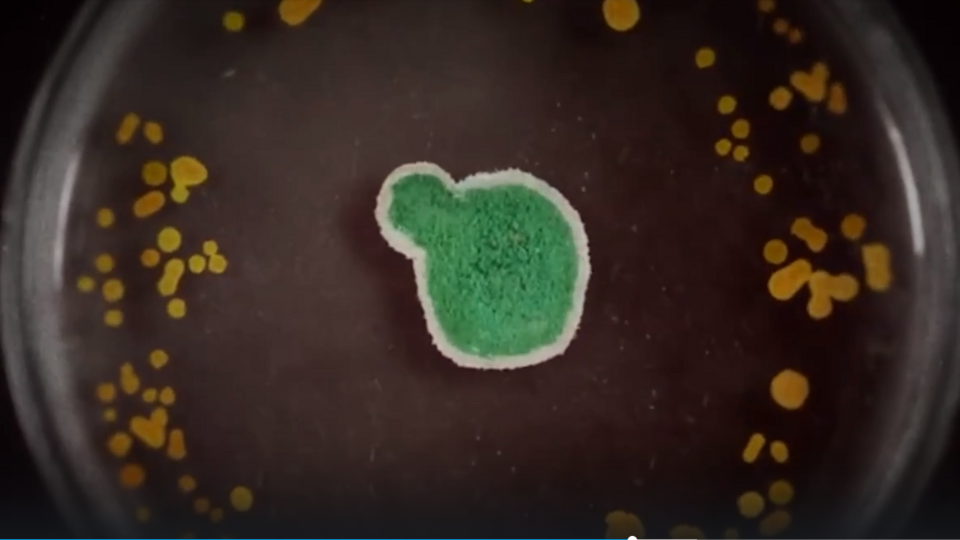
“Medical specialization was in the treatment of skin diseases. He strongly recommended in the 70s of the 19th century the use of green mold in the treatment of skin diseases, treating wounds,” – says Blonsky.
But microbiology as a science was just in its infancy. Therefore, Polotebnov’s ideas, which were ahead of their time, were not widespread.
Alexander Lodygin invented an electric carbon incandescent lamp, but could not patent it in the USA
The invention of the German explorer Heinrich Goebel was many decades ahead of its time. In 1854, he developed the first incandescent lamp in history: he placed a thin carbon filament in a vacuum flask and made it glow. Contemporaries were not interested in Goebel’s invention, since the industry of those years was not yet ready for mass production of vacuum flasks.
“The development of this technology was hampered by the lack of good vacuum pumps to pump air out of the lamp. Because of this, the carbon burned quickly,” – says John Jenkins, General Director of the Museum of Electrical Inventions in the USA.
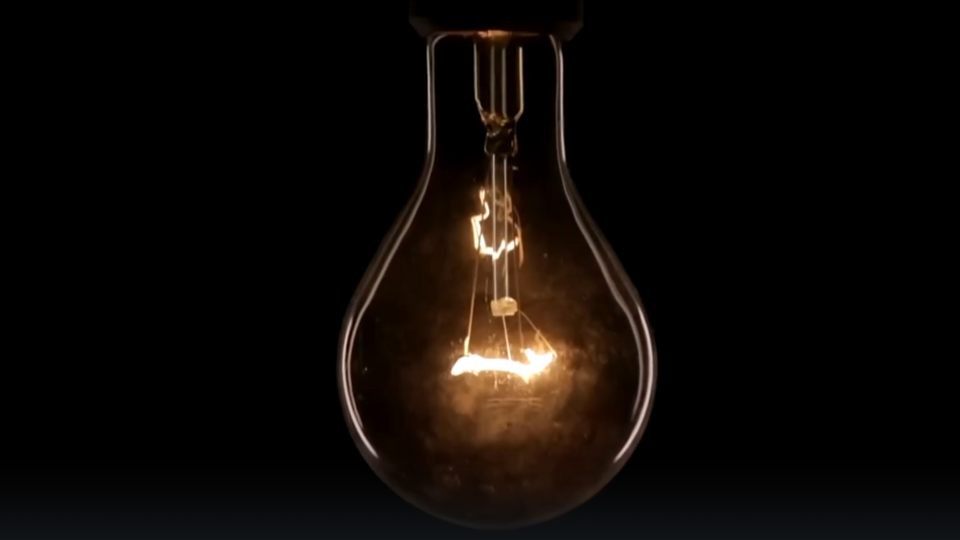
For a long time, no one succeeded in creating an effective and cheap incandescent lamp. In the 70s of the 19th century, the Russian inventor Alexander Lodygin solved this problem. Compared to previous samples, Lodygin’s lamp had a longer service life, and it worked not only in laboratory conditions.
For this invention, Alexander Nikolaevich received a prize from the St. Petersburg Academy of Sciences. Subsequently, Lodygin filed patents for incandescent lamps in many European countries. But I couldn’t do this in the USA – the duty turned out to be prohibitive.
“He did not find the money, but as a result, the sad consequence is that this design became known or became available to Thomas Edison. It is believed that Thomas Edison, it is difficult to say that he stole, but one can say it more delicately, used the design of Alexander Lodygin’s light bulb,” – says Leonid Blonsky.
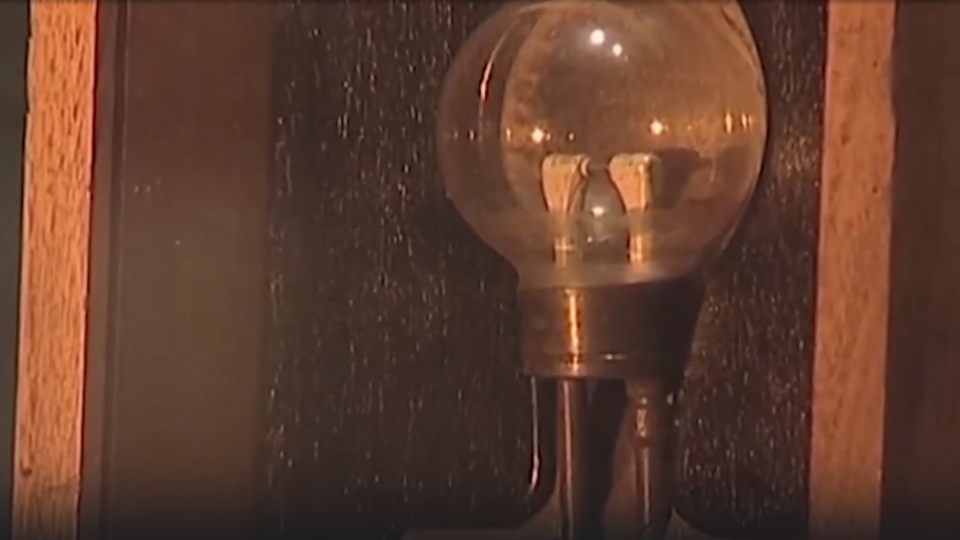
Edison patented his lamp in the USA only five years after Lodygin’s discovery. But, unlike the Russian inventor, the enterprising American was the first to manage mass production of electric lamps. Lodygin subsequently improved this invention, proposing to use refractory tungsten instead of coal and twist the filament into a spiral.
“Jurassic Queen” Mary Anning, who found the ichthyosaur skeleton
Most often, representatives of the fair sex were deprived of the well-deserved palm for inventions and scientific discoveries. The structure of DNA, the chemical composition of the Sun, chromosomal sex determination – these and many other major discoveries were made by women. But they almost always remained in the shadow of their male colleagues.
The seaside resort of Lyme Regis in southwest England. Today this place is called the Jurassic Coast. It was here that the skeleton of an ichthyosaur was first discovered at the beginning of the 19th century. The fossilized remains were found by the cabinetmaker’s daughter, 12-year-old Mary Anning.
“First they discovered the skull with the brother, and then after that they began to carefully dig and discovered that it was not only a skull, but a skeleton preserved in completely good condition. The skeleton of a five-meter animal,” – says Blonsky.
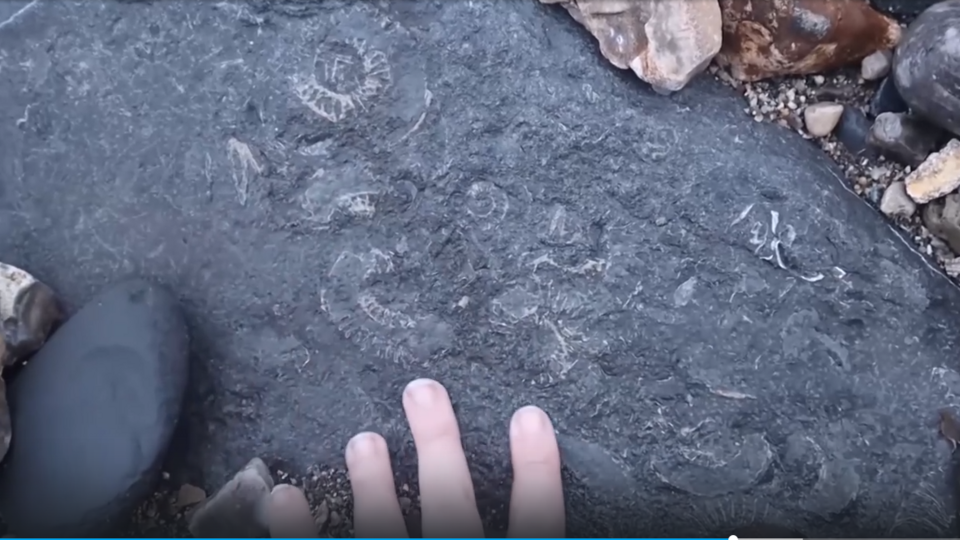
Paleontology was just in its infancy at that time. There wasn’t even the word “dinosaur” itself. The find was studied for several years and the creature was finally named an ichthyosaur. In their articles, pundits did not even mention the name Mary, a poorly educated girl from a poor family. Soon the remains were purchased by the British Museum.
“It was this skull, about a meter long, that Mary found with her brother at the beginning of the 19th century. And we see how large these creatures could reach. Look at those razor-sharp teeth. Ichthyosaur translates as “lizard fish,” – explains geologist and publicist Emma James.
Later, Mary once again shocked the scientific world: she found the complete skeleton of a plesiosaur – a giant waterfowl. She was the first to learn how to determine the diet of ancient creatures from their fossilized excrement.
During her short life, Mary never achieved the fame she deserved in the scientific world – due to her low social status and gender discrimination. Recognition came to her posthumously. Today Anning is called the “Queen of the Jurassic Period”. The Royal Society of London included Mary in its list of ten British women who had the greatest influence on the development of science.
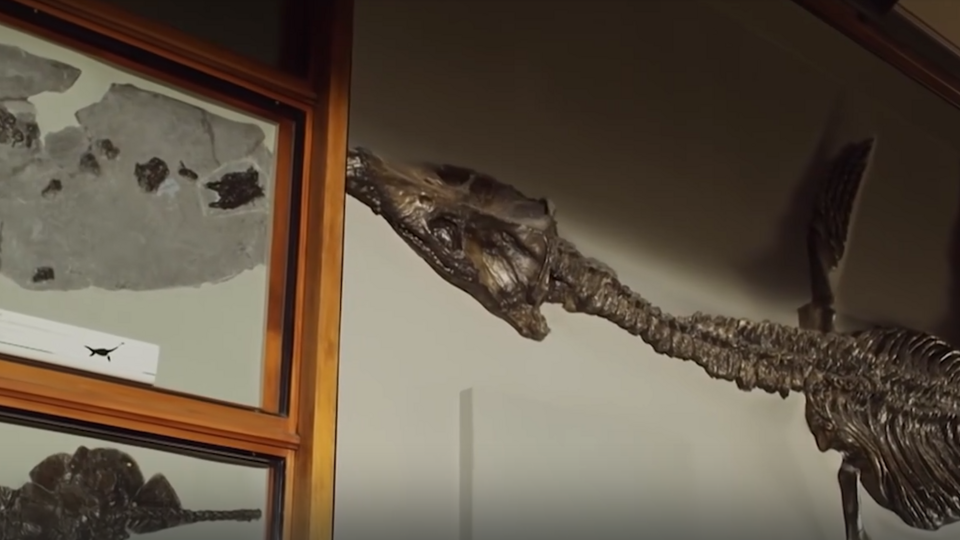
The sad fate of Rosalind Franklin, who made the first image of the structure of DNA
Another victim of gender discrimination in science was biophysicist Rosalind Franklin. She was actively involved in radiography, studying the internal structure of molecules. And it was she who managed to take one of the most famous photographs in the history of biology – the so-called “photo 51”. This is the first image of the structure of DNA. But in the end it was Rosalind’s colleagues Francis Crick, James Watson and Maurice Wilkins who reaped the laurels.
“These scientists who worked in a neighboring laboratory, they actually stole this picture, asked one of the participants in Rosalind’s experiment to bring this picture and, after analyzing this picture, as a result they came to the conclusion that allowed them to become Nobel laureates. conclusion that DNA consists of a double helix.” – Leonid Blonsky says.
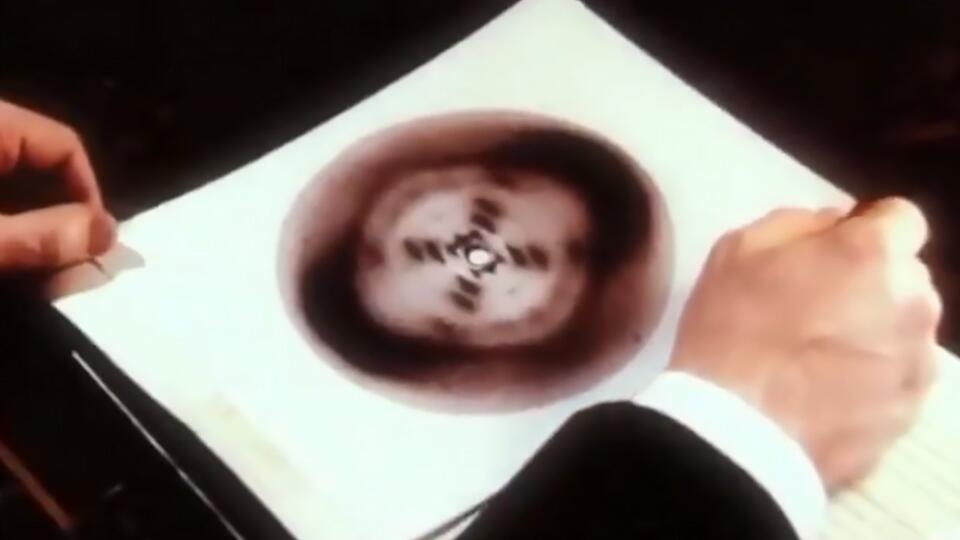
Rosalind Franklin was not among those who received the Nobel Prize for discovering the structure of DNA. Four years earlier, she had died of cancer at the age of 37. But the laureate scientists themselves admitted that without her “photograph 51,” the discovery of the century would hardly have taken place.
Different versions of historical events, amazing episodes of history, little-known facts and interesting theories – study all this and much more in the program “Unknown History” with Boris Ryzhov on REN TV.
Source: Ren
Alfred Hart is an accomplished journalist known for his expert analysis and commentary on global affairs. He currently works as a writer at 24 news breaker, where he provides readers with in-depth coverage of the most pressing issues affecting the world today. With a keen insight and a deep understanding of international politics and economics, Alfred’s writing is a must-read for anyone seeking a deeper understanding of the world we live in.
